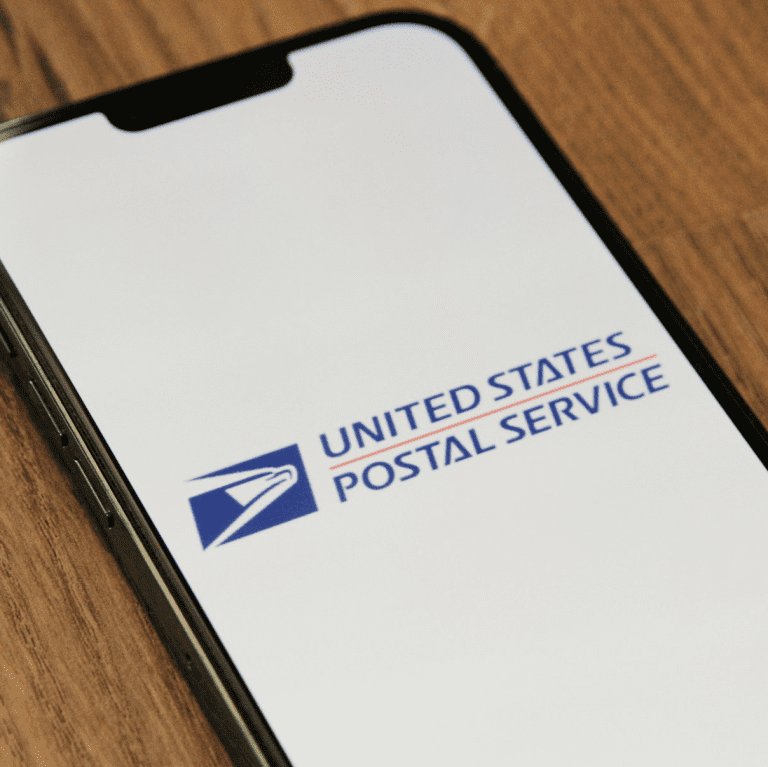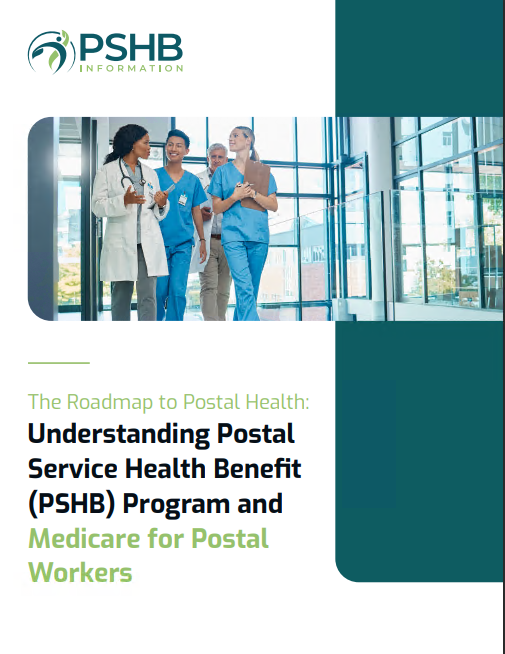Key Takeaways
-
The Postal Service Health Benefits (PSHB) program offers robust prescription drug coverage integrated with Medicare Part D to help retirees manage medication costs effectively.
-
Understanding your PSHB plan and Medicare Part D options can maximize savings, especially with the new $2,000 out-of-pocket cap for prescription drugs in 2025.
Why Prescription Costs Matter for Retirees
Managing prescription drug costs is a significant concern for retirees. As healthcare needs increase with age, the expenses tied to medications can quickly become overwhelming. This reality is not just about dollars and cents—it’s about peace of mind. High costs can discourage retirees from filling prescriptions or adhering to treatment plans, leading to more severe health issues down the road.
The Postal Service Health Benefits (PSHB) program addresses these challenges by integrating with Medicare Part D. This partnership provides a streamlined approach to affordable healthcare, ensuring retirees’ needs are met without straining their finances. Additionally, the 2025 updates to Medicare Part D have introduced groundbreaking features designed to alleviate financial burdens, making healthcare more predictable and accessible.
PSHB’s Role in Supporting Retirees
The PSHB program is specifically tailored to meet the healthcare needs of Postal Service retirees and their families. By transitioning from the Federal Employees Health Benefits (FEHB) program to PSHB, retirees gain access to cost-effective solutions that complement Medicare coverage. This includes enhanced prescription drug benefits through a Medicare Part D Employer Group Waiver Plan (EGWP).
How PSHB Coordinates with Medicare Part D
Medicare Part D, focused exclusively on prescription drugs, is a critical component of healthcare for retirees. When paired with PSHB, it offers a comprehensive and cost-effective solution. Key features of this integration include:
-
Automatic Enrollment: Medicare-eligible retirees in PSHB plans automatically receive Part D coverage, eliminating the need for separate enrollment.
-
Cost Savings: The $2,000 out-of-pocket cap for prescription drugs in 2025 guarantees financial predictability, regardless of medication requirements.
-
Enhanced Benefits: PSHB plans often waive or reduce deductibles, copayments, and coinsurance for those enrolled in Medicare, leading to substantial savings.
New Features in 2025
Out-of-Pocket Cap for Prescription Drugs
The introduction of a $2,000 annual out-of-pocket cap for Medicare Part D prescription drugs in 2025 is a game-changer. This feature eliminates the uncertainty of the infamous “donut hole” and provides relief for retirees managing chronic conditions or requiring expensive medications. Once you’ve reached this cap, Medicare Part D fully covers your prescription costs for the remainder of the year, offering unparalleled financial protection.
Medicare Prescription Payment Plan
For those looking to manage costs even more effectively, the Medicare Prescription Payment Plan provides an option to spread out-of-pocket expenses into manageable monthly payments. This innovative feature is particularly beneficial for retirees on fixed incomes, offering stability and predictability when budgeting for healthcare.
What You Need to Know About Enrollment
Eligibility Requirements
To maintain PSHB coverage, Medicare-eligible Postal Service retirees must enroll in Medicare Part B. This integration ensures access to comprehensive healthcare, including prescription drug coverage under Medicare Part D. Exceptions apply for retirees who left the workforce before January 1, 2025. For prescription drug coverage, Medicare Part D enrollment is automatic for PSHB participants.
Open Season and Special Enrollment Periods
Open Season, which ran from November 11 to December 13, 2024, was a critical time for reviewing and selecting PSHB plans. Outside Open Season, changes are only permitted under Qualifying Life Events (QLEs) such as marriage, divorce, or the birth of a child. Understanding these timelines and requirements ensures you can adjust your coverage as needed without unexpected gaps.
Comparing PSHB Prescription Benefits with Medicare Part D
Deductibles and Copayments
Under Medicare Part D, the maximum deductible for 2025 is $590. However, many PSHB plans waive or significantly reduce these deductibles for their enrollees. Copayments are similarly lowered, making medications more affordable and helping retirees manage their budgets effectively.
Generic vs. Brand-Name Drugs
PSHB plans, in coordination with Medicare Part D, encourage the use of generic medications by offering lower copayments for these options. That said, brand-name drugs remain accessible for those who need them. This dual approach ensures retirees can balance cost and medical necessity.
Making the Most of Your Benefits
Review Your Annual Notice of Change (ANOC)
Each year, your Annual Notice of Change (ANOC) letter outlines updates to your plan’s premiums, deductibles, and benefits. Reviewing this document is essential for understanding how changes may impact your healthcare costs, particularly for prescription drugs.
Utilize Preventive Care Benefits
Preventive care services, often included at no additional cost in PSHB plans, play a crucial role in reducing future healthcare needs. Vaccinations, health screenings, and wellness checkups can prevent more severe and costly medical conditions down the line.
Coordinate with Your Pharmacist
Pharmacists are invaluable partners in managing healthcare. They can help you navigate your plan’s formulary, identify cost-effective alternatives, and address any issues related to prior authorization or step therapy requirements.
Addressing Common Concerns
Will My Costs Increase Over Time?
Healthcare costs generally rise over time, but the integration of PSHB and Medicare Part D mitigates these increases through capped expenses and competitive plan structures. The $2,000 out-of-pocket limit ensures that even if medication needs grow, your financial exposure remains manageable.
What Happens if I Don’t Enroll in Medicare Part B?
Enrollment in Medicare Part B is mandatory to retain PSHB coverage. Failure to enroll could result in penalties and loss of coverage. If you’re uncertain about your status, consulting with PSHB or Medicare representatives is highly recommended.
Planning for Future Healthcare Needs
Track Your Prescription Expenses
Monitoring your medication costs allows you to identify trends and adjust your healthcare strategy accordingly. This information is invaluable during Open Season when selecting a plan that aligns with your needs.
Stay Informed About Policy Changes
Healthcare policies are subject to change, and staying informed ensures you’re prepared to adapt. Regular updates from PSHB and Medicare provide insights into new features, eligibility requirements, and other critical details.
Tips for Managing Your Healthcare Budget
Leverage Additional Resources
Medicare offers programs like Extra Help to reduce prescription drug costs for eligible individuals. Checking your eligibility and enrolling in these programs can lead to significant savings.
Use Mail-Order Pharmacies
Mail-order pharmacies provide discounts for maintenance medications and offer the convenience of home delivery. Many PSHB plans support this option, making it a practical choice for retirees managing chronic conditions.
Explore Plan Benefits for Cost Savings
PSHB plans often include additional perks, such as reimbursements for fitness programs or telehealth services. Taking advantage of these benefits can enhance your overall healthcare experience while reducing costs.
Final Thoughts on PSHB and Medicare Part D
Combining the Postal Service Health Benefits program with Medicare Part D is a powerful strategy for retirees seeking affordable and comprehensive healthcare. The $2,000 out-of-pocket cap and the flexibility of the Medicare Prescription Payment Plan in 2025 provide unmatched financial relief. By staying proactive, reviewing plan changes, and utilizing available resources, you can ensure your healthcare needs are met without breaking the bank.










